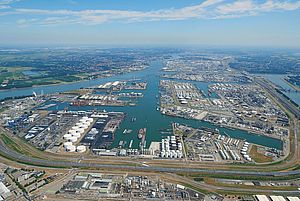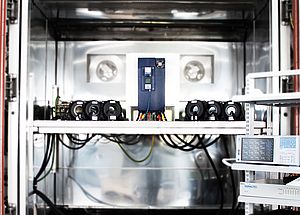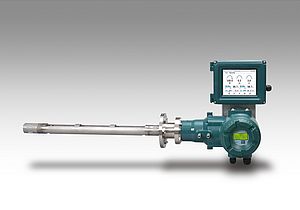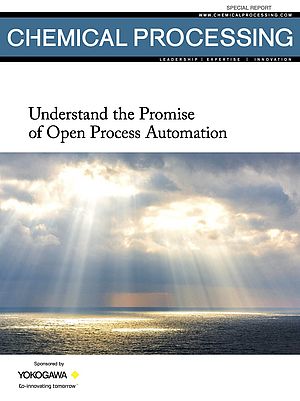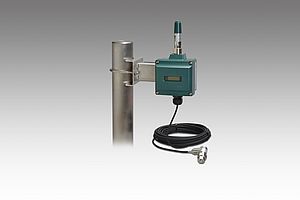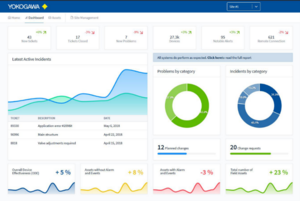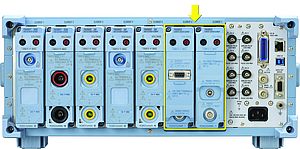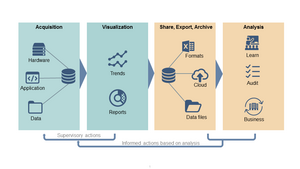WT5000 is a precision power analyser offered by Yokogawa, design to provide a measurement accuracy of ±0.03% of a total at 50/60 Hz, since the reliability in testing and measurement is getting increasingly important. This accuracy is combined with stability, noise immunity and flexibility.
Precision power analyser for tests on energy-saving designs
As a result, it has become possible to evaluate the power consumption, loss, and efficiency of electrical and electronic devices. In particular, its wide dynamic current range is indispensable for tests on energy-saving designs. One of the essential elements for determining the performance of a power measuring instrument is the A/D converter that performs analogue-to-digital conversion. WT5000 uses an 18-bit converter with a sampling frequency of maximum 10 MS/s. As a result, it becomes possible to accurately capture waveforms from the latest high-speed inverter devices. It is very effective for stable measurement results.
Precision power analyser which saves space, communications and cost-effectiveness
It incorporates up to seven input channels, allowing it to support applications that previously could only have been measured by synchronising several separate instruments. As a result, it offers considerable savings in installation space, communications overheads and cost-effectiveness. Further benefits result from the use of plug-in modular input elements, which can be swapped directly by the user. Using WT5000 equipped with the /MTR1 and /MTR2 options, it is possible to evaluate up to four motors simultaneously with one unit. Since these options allow the input of four channels, flexible measurement of the A, B, C and Z phases of each motor can be carried out. With a 7 elements input capability, multi-system measurement is increased in harmonic measurements on 3-phase systems, for example.
Precision power analyser with external current sensor
WT5000 can carry out two harmonic measurement functions simultaneously, each at up the 500th order and up to 300kHz fundamental waveform. This makes it possible to measure the carrier frequency component from the rotational speed of the motor in the inverter drive and also to check the influence of the carrier frequency on the motor drive. An increasing number of applications require the evaluation of larger-current devices, typical examples being electric vehicles and large-scale solar installations. In these cases, external current sensors are often used. An external current sensor input function is fitted as standard in the input element of both the 30 A and 5 A input elements of WT5000. For much higher currents (up to 2000 A RMS) dedicated high-current sensors are available.






